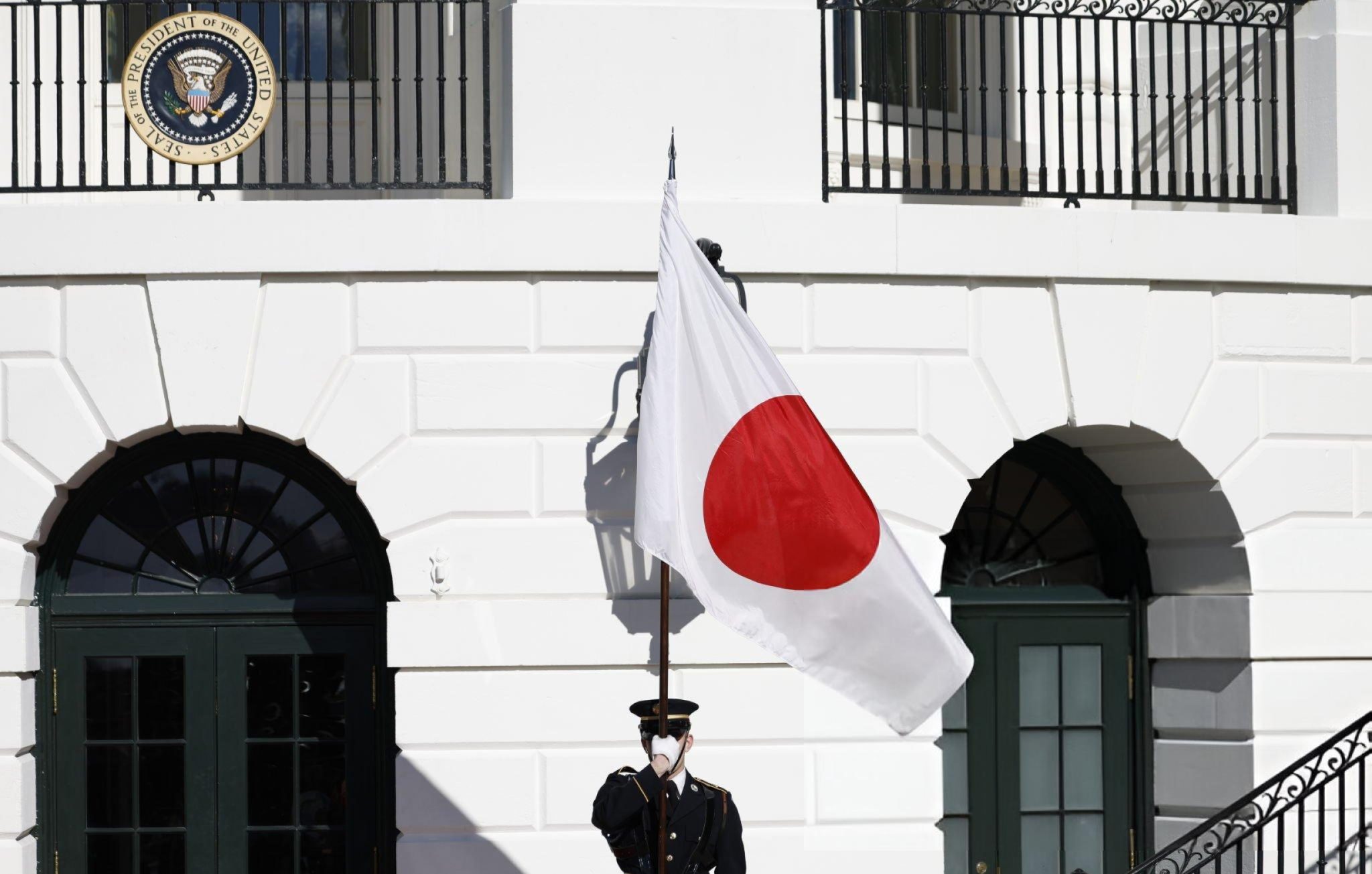In a development that underscores growing regional tensions in East Asia, Japanese Defence Minister Gen Nakatani announced on Tuesday that the United States military intends to deploy long-range surveillance drones in Japan’s Okinawa region, close to Taiwan. The move, first reported by the South China Morning Post (SCMP), is part of a broader strategy to enhance intelligence gathering and bolster deterrence in a highly sensitive area.
The drones in question are the MQ-4C Triton—a high-altitude, long-endurance unmanned aerial vehicle (UAV) developed by Northrop Grumman. These state-of-the-art drones are capable of operating continuously for more than 24 hours and have a vast operational range of 7,400 nautical miles (13,700 km), allowing them to monitor vast stretches of airspace and ocean with minimal risk to personnel.
Drones to be stationed at Kadena Air Base
According to Minister Nakatani, several MQ-4C Tritons will be deployed to the US Kadena Air Base, located on Okinawa’s main island, within the coming weeks. The deployment aims to strengthen surveillance, reconnaissance, and intelligence-gathering capabilities in the region, which has become increasingly volatile amid ongoing tensions in the Taiwan Strait.
Speaking at a press briefing, Nakatani highlighted that the security environment surrounding Japan is becoming “increasingly severe”, citing the need for tighter cooperation between Tokyo and Washington in light of the mounting challenges posed by Beijing’s assertive posture in the Indo-Pacific.
Rising tensions over Taiwan
The drone deployment comes amid rising military tensions surrounding Taiwan, which China considers a breakaway province. Beijing has ramped up military exercises near the island in recent years, prompting fears among analysts and regional observers of a potential Chinese attempt to take control of the self-governed democracy. These exercises, involving naval drills and simulated blockades, are seen as preparatory steps for a future military campaign.
While most countries, including the United States, do not officially recognise Taiwan as an independent nation, Washington maintains a policy of strategic ambiguity and has committed to arming Taiwan in the face of aggression. The MQ-4C Tritons’ enhanced surveillance capabilities could play a vital role in monitoring Chinese military activity near the Taiwan Strait.
The SCMP report noted that the Kadena Air Base already plays a critical role in regional US military operations, and the addition of MQ-4Cs further amplifies the base’s strategic importance. Approximately 54,000 US military personnel are currently stationed across Japan, with a significant number concentrated in Okinawa.
Japan deepens defence engagement with NATO
In a parallel announcement, Defence Minister Nakatani also revealed that Japan is seeking deeper engagement with NATO, particularly concerning support for Ukraine amidst its ongoing war with Russia. During a meeting with NATO Secretary General Mark Rutte in Tokyo, Nakatani expressed Japan’s interest in participating in the NATO Security Assistance and Training for Ukraine (NSATU) programme, based at a US military installation in Wiesbaden, Germany.
Having already provided Ukraine with defence equipment and humanitarian support, Tokyo’s potential participation in NSATU signals a significant expansion of its security policy footprint and a shift towards more proactive defence cooperation with Western allies.
Regional implications
The US drone deployment and Japan’s growing military ties with NATO mark a notable shift in the Indo-Pacific security landscape, reinforcing Washington and Tokyo’s commitment to countering rising threats from China and Russia.
The presence of advanced UAVs near Taiwan, combined with Japan’s evolving role on the global stage, is likely to provoke sharp reactions from Beijing, which has repeatedly warned against foreign interference in what it considers internal affairs.
As geopolitical tensions escalate, the coming months are likely to see increased military manoeuvring and diplomacy across Asia and Europe, with both allies and adversaries closely watching each move.






